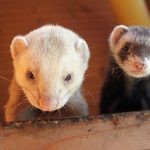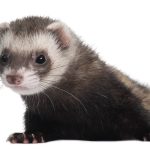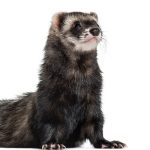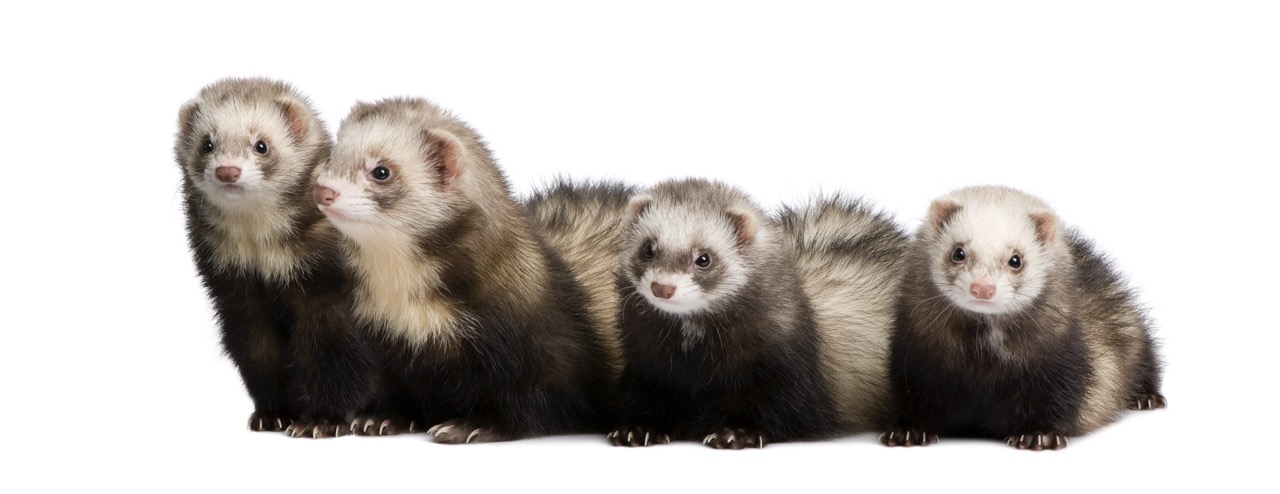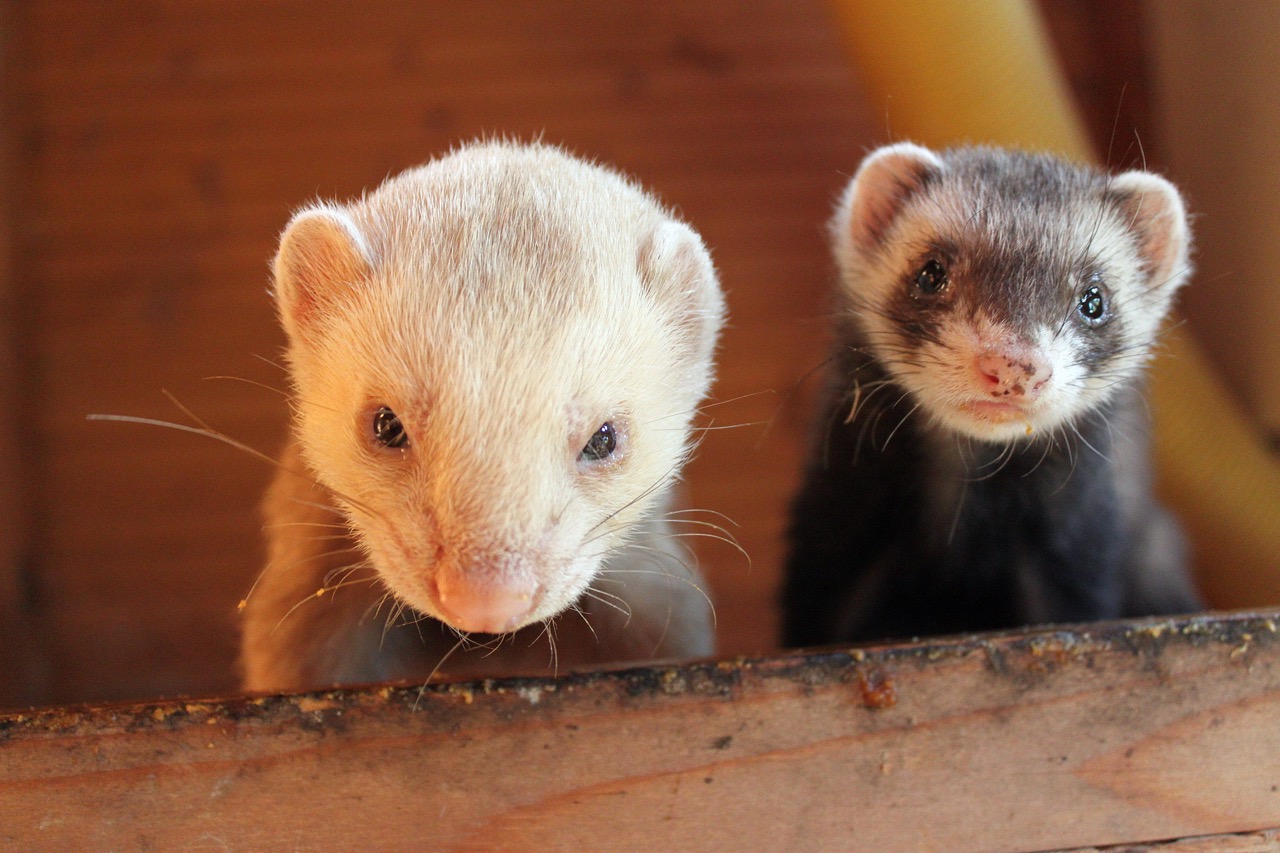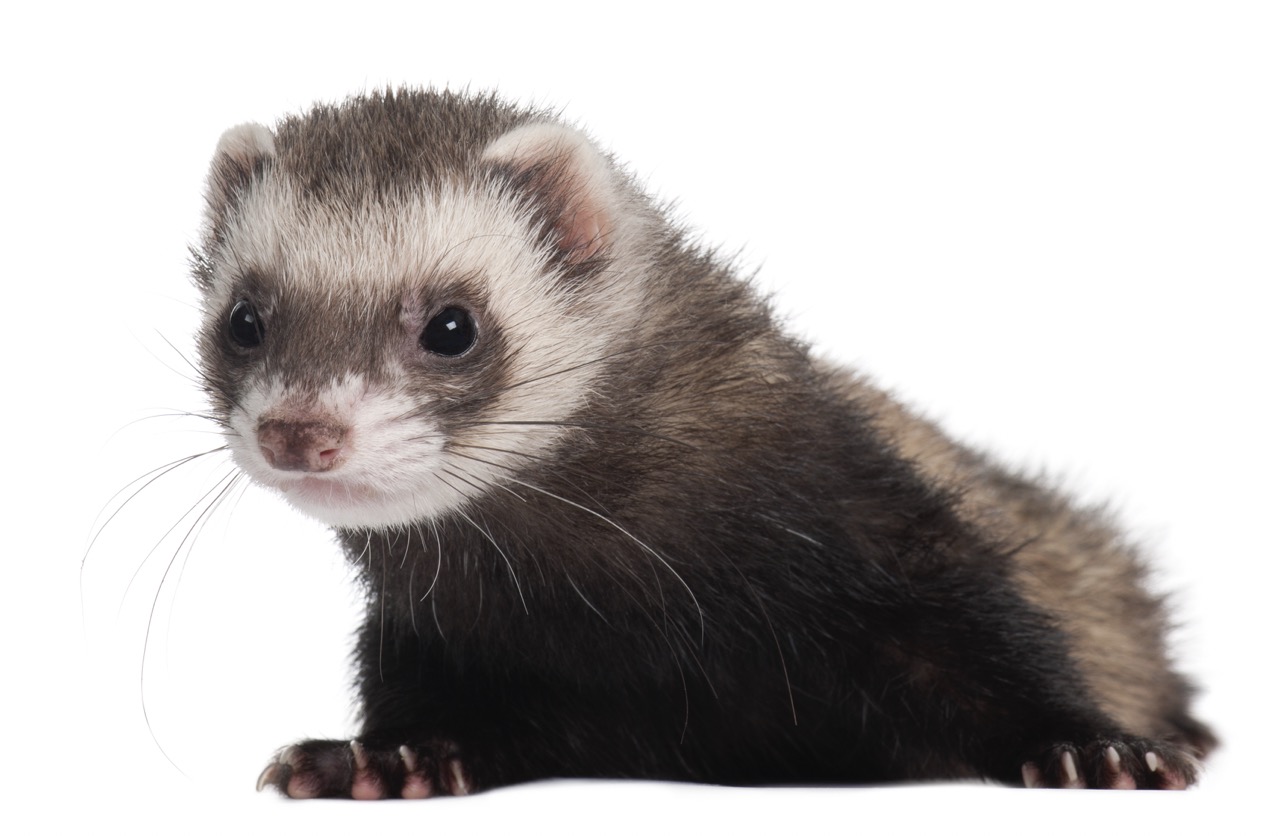Ferrets are beloved pets known for their playful and inquisitive nature. However, one aspect of ferret care that often raises questions among pet owners is their unique hair growth cycle. Understanding the biology behind ferret hair growth, shedding, and regrowth can help owners manage their pet’s grooming needs and promote a healthy coat. This article delves into the intricate anatomy of ferret hair, the triggers for shedding, factors influencing hair regrowth, and how seasonal changes impact fur dynamics.
Understanding the Anatomy of Ferret Hair Structure
Ferret hair is composed of a complex structure that includes the hair shaft, follicle, and sebaceous glands. The outer layer, known as the cuticle, is made up of overlapping cells that protect the inner layers of the hair. Beneath the cuticle lies the cortex, which provides strength and color, while the medulla, found in some ferrets, adds to the hair’s overall texture. Each hair follicle is anchored in the skin, receiving nutrients and hormones through a network of blood vessels.
The hair follicles in ferrets operate in cycles, transitioning through phases of growth, rest, and shedding. The anagen phase is when the hair actively grows, and this is followed by the catagen phase, which is a transitional period where growth slows down. Finally, in the telogen phase, the hair is shed, making way for new growth. The health of ferret fur is not only dependent on the integrity of the hair structure but also on the overall condition of the skin, which provides a nurturing environment for the hair follicles.
Understanding the structure of ferret hair is crucial for caregivers since any disruptions in this natural cycle can lead to excessive shedding or poor coat quality. Factors such as diet, health, and grooming practices play significant roles in maintaining the integrity of these hair structures and ensuring that ferrets have a vibrant and healthy coat.
The Shedding Cycle: What Triggers Fur Loss in Ferrets?
Ferrets experience a natural shedding cycle, which can be more noticeable at certain times of the year. Shedding is typically triggered by various factors, including hormonal changes, environmental shifts, and internal health issues. One primary trigger is the change in daylight hours, which influences the hormonal balance in ferrets. As the seasons transition from winter to spring or summer to fall, the changing light conditions signal to ferrets that it is time to shed their winter coat in preparation for warmer weather.
In addition to seasonal changes, stress can also lead to increased fur loss in ferrets. Situations such as relocation, introduction of new pets, or changes in their environment can cause stress, leading to a condition known as stress-induced alopecia. This can result in patchy fur loss, often requiring intervention from the owner to alleviate the ferret’s stress and promote a healthy shedding cycle.
Moreover, underlying health problems, such as parasites, skin infections, or hormonal imbalances, can also contribute to excessive shedding in ferrets. Regular veterinary check-ups and a keen understanding of your pet’s behavior and grooming habits can help identify any issues early on, ensuring that your ferret remains healthy and comfortable.
Factors Influencing Ferret Hair Regrowth and Health
The regrowth of fur in ferrets is determined by a combination of genetic, environmental, and health-related factors. A ferret’s genetics play a crucial role in determining the texture, thickness, and growth rate of their fur. Some ferrets naturally have denser coats, while others may be more prone to thinning. Understanding the hereditary traits of your ferret can help set realistic expectations regarding their fur condition.
Nutrition is another critical factor in maintaining healthy hair growth in ferrets. A balanced diet rich in essential fatty acids, proteins, and vitamins supports skin health and encourages robust hair follicles. Ferrets are obligate carnivores, which means their diet should primarily consist of high-quality animal protein. Supplements, such as omega-3 fatty acids, can also promote a shiny coat and help reduce shedding when necessary.
Lastly, the grooming routine adopted by ferret owners significantly affects the health of their pet’s fur. Regular brushing helps remove loose hair and distributes natural oils produced by the skin, enhancing the coat’s sheen and vitality. Additionally, keeping a clean living environment free from allergens and irritants supports overall skin health, making it easier for ferrets to maintain their fur and recover from shedding periods.
Seasonal Changes: How Environment Affects Fur Dynamics
Seasonal changes have a profound impact on ferret fur dynamics, particularly regarding shedding and regrowth patterns. As ferrets prepare for changes in climate, their bodies instinctively adapt by altering their fur density. In preparation for colder months, ferrets will typically grow a thicker, longer coat to insulate against the cold. Conversely, as temperatures rise, they will shed this extra fur to regulate body temperature and maintain comfort.
In addition to temperature changes, humidity levels can also affect fur dynamics in ferrets. High humidity can lead to increased oil production in the skin, which might result in a greasier coat that requires more frequent grooming. Conversely, dry environments can lead to dry skin and fur, increasing the likelihood of excessive shedding. Therefore, monitoring and adjusting the ferret’s living conditions can help mitigate the impacts of seasonal changes on their fur health.
Moreover, exposure to natural light plays a crucial role in regulating the shedding cycle of ferrets. Pet owners can help maintain a consistent environment by ensuring their ferrets receive adequate lighting, especially during winter months when natural light is limited. Providing a stable environment that mimics natural day and night cycles helps ferrets manage their shedding and regrowth patterns, ultimately promoting a healthier and more vibrant coat.
Understanding the biology of ferret hair growth, shedding, and regrowth is essential for any ferret owner. By recognizing the intricate anatomy of fur, the triggers behind shedding, and the influences on hair health, owners can provide better care for their furry companions. Seasonal changes further complicate these dynamics, emphasizing the importance of creating a supportive environment for ferrets. With proper knowledge and care, ferret owners can ensure their pets enjoy healthy, lustrous coats throughout their lives.
